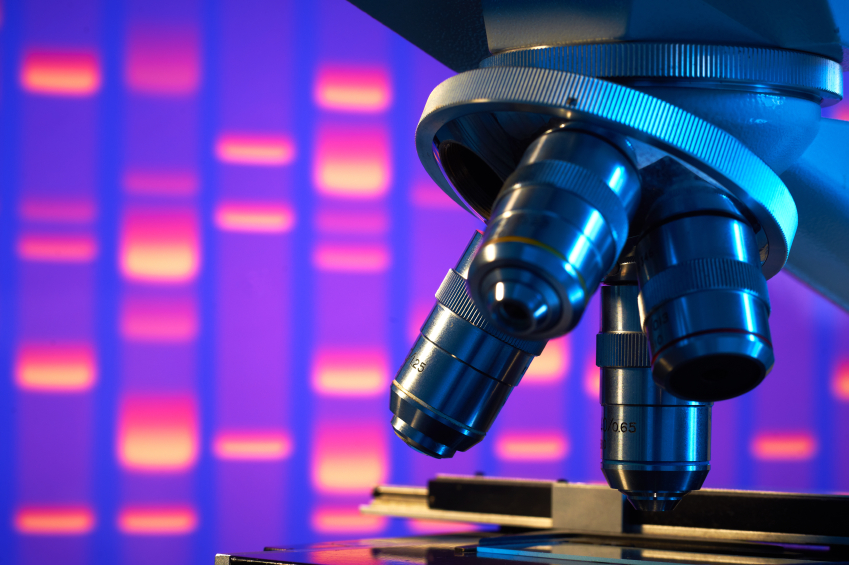Embryos: first clinical trial
Geron Corporation, the leader company in research on embryonic stem cells, had to test this summer the GRNOPC1, an embryonic stem cell–based product to treat spinal cord lesions, on 8 to 10 patients who recently developed paraplegia. The treatment, given within the fifteen days following the lesion, should allow regenerating the myelin sheath.
Suspended by FDA
But the Food and Drug Administration (FDA) suspended the authorisation. It would seem that the experiments have been postponed to an ulterior date and not already specified in order to previously perform new tests on animals: Geron performed 24 studies, conducted separately on mice and rats but problems seem to persist related to the very nature of embryonic stem cells, in particular a trend to induce tumours and deregulations of the immune system. For Evan Snyder, neuroscientist heading the stem cell research centre at Burnham Institute for medical research in San Diego, “the preclinical data themselves do not justify the clinical trials“. Moreover we note that sampling embryonic stem cells causes the embryo death and presents consequently numerous problems.
iPS cells and adult cells
On the other hand, the studies on iPS cells and on adult stem cells show positive advances. These techniques, that some people call as “alternatives” to embryonic stem cells, letting think that the research on embryo would be the standard in the matter, open up very encouraging outlooks of research and without being subject to any ethical reserve.
This way, researchers discovered a mean to improve the cell reprogramming. They realized that the p53 tumour suppressor gene, called guardian of the genome, plays the role not only to stop dead the cells becoming carcinogenic, but also to raise a barrier to the reprogramming of adult cells into stem cells. This would explain why few adult cells convert into iPS cells during the renewal performed by scientists: two reprogramming factors employed are in fact oncogenic (Kif4 and c-Myc) which could induce cancer, they activate the p53 gene which also blocks reprogramming. By activating the p53 gene, this way it would be possible to obtain a cell reprogramming 10 times more efficient, without resorting to oncogenic stimulants. iPS cells obtained by this mean permitted to give birth to healthy mice, capable to reproduce. However, the p53 gene being a “guardian of chromosome stability“, its manipulation with therapeutic purpose must be performed “with care“, specifies Konrad Hochedlinger (Boston, USA) who participated in the works with two Spanish teams.
In the field of research on adult stem cells, Kinarm Ko and Hans Schöler’s teams, from Max Planck Institute for molecular biomedicine (Munster), succeeded in converting cells from mouse testicles into pluripotent stem cells only by modifying their culture conditions. Placed into a container which lets them more space, the cells by themselves put into culture returned to the embryonic state.
Moreover, David Gamm’s teams, from the University of Wisconsin-Madison, succeeded in create different types of retina cells from two types of skin steam cells. Finally, American researchers of the Mayo Clinic (Rochester) succeeded in restore within four weeks the function and the structure of the heart of mice which suffered infarct by implanting directly iPS cells into the cardiac muscle. Up to now, animal models benefited from this technique for Parkinson’s disease, sickle-cell anaemia and haemophilia A.

